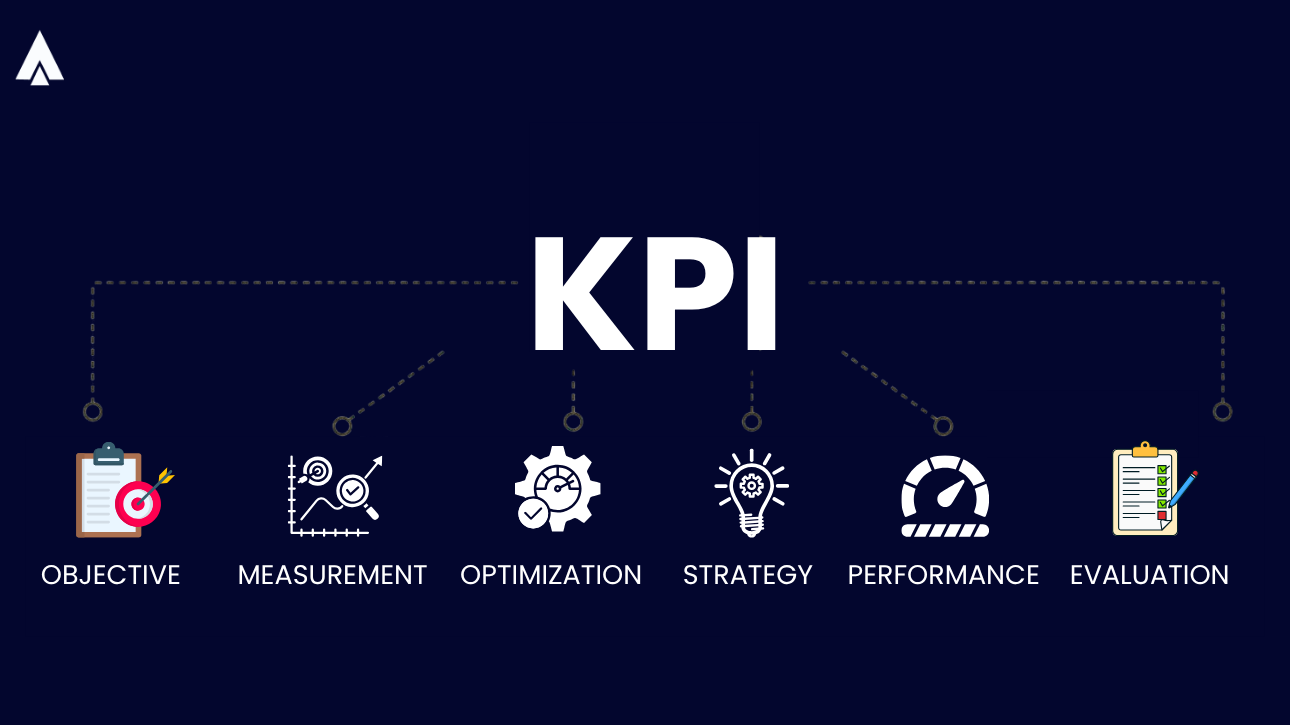Imagine a world where every customer call, chat, or message seamlessly connects to the right agent, who instantly understands their needs without endless waiting or repeating information. This world is not some distant future. It’s the present-day reality for organizations embracing advanced call center technology.
For managers, department heads, and VPs steering customer service teams, mastering this technology is no longer optional. It’s a strategic imperative. But what exactly does call center technology entail? How has it evolved beyond the traditional phone queue? And what trends should leaders be watching to stay ahead?
In this deep dive, we’ll unravel the core types of call center technologies, reveal the benefits they unlock, and spotlight the innovations shaping the future of customer engagement.
Whether you’re overseeing a startup support team or a sprawling enterprise contact center, understanding these elements will empower you to deliver experiences that customers not only expect but demand.
How Did Call Center Technology Evolve?
Once upon a time, cloud based contact center solutions were simple rooms filled with rows of agents armed with headsets and phone lines. The technology of choice was straightforward: a phone system and a PBX (private branch exchange) to patch one call to another.
But customer expectations have evolved dramatically. Today’s buyers want fast, personalized support across multiple channels—phone, email, chat, social media, even SMS. They want agents who already know their story, without having to repeat themselves.
Enter call center technology, a powerful ecosystem of tools designed to meet these demands. This includes not just voice systems, but integrated software platforms that unify communication channels, analyze interactions in real time, and automate routine tasks. Together, they transform traditional call centers into dynamic contact centers that deliver superior customer experiences.
What is Call Center Technology?
Call center technology is an integrated cloud ecosystem of digital tools and communication platforms that manage customer interactions across multiple channels. It holds the potential to go beyond traditional phone systems, including email, chat, social media, and SMS into a unified portal.
Contact center technology falls into three categories: communication systems, intelligence layers, and automation capabilities. These work together to optimize customer service operations. Modern call center software combines voice analytics, AI-powered routing, and real-time dashboards. This gives agents access to customer data and tools in one place.
Cloud-based contact center technologies also enable remote work and seamless scalability. They transform traditional call centers into strategic customer experience hubs that drive loyalty and competitive advantage.
What Are the Types of Call Center Technology?
To truly appreciate the power of modern call center solutions, it helps to understand the key components behind the scenes.
1. Automatic Call Distributor (ACD)
At the core of every call center is the ACD system, which ensures incoming calls are intelligently routed to the right agent. Gone are the days when calls simply landed in the next available seat.
Modern ACD manages incoming calls by distributing them according to predefined ringing strategies and interaction history set by administrators. They ensure calls are connected efficiently but don’t necessarily consider agent skills or customer profiles.
On the other hand, Skill-Based Routing uses sophisticated algorithms that factor in agent expertise, customer history, and call priority. For example, a VIP customer might be directed to a senior support agent. A routine billing question is sent to a billing specialist.
2. Interactive Voice Response (IVR)
IVR is a type of phone software that answers calls and talks to customers using pre-recorded voice messages or text-to-speech. It lets callers interact by pressing buttons on their phone or speaking simple commands. Think of it as an automated receptionist that helps direct calls, provide information, or collect details without needing a live person.
Today’s IVRs have moved beyond clunky menus. Powered by natural language processing (NLP), they understand spoken requests more conversationally, making the experience less frustrating. Imagine saying, “I want to check my order status,” and the system immediately pulls up relevant info.
This shift has empowered customers to self-serve simple tasks, reducing call volumes and freeing agents for more complex issues.
3. Cloud-Based Contact Center Platforms
Traditional on-premises call center software is giving way to cloud-based platforms, like Acefone’s Omnichannel Contact center solutions. The benefits are clear: scalability, remote agent support, seamless integration with CRM systems, and lower infrastructure costs.
Gartner predicts that by 2026, 80% of call centers will operate primarily on cloud-based platforms. This transition has been accelerated by the rise of remote work, enabling businesses to maintain continuity while giving agents flexibility.
4. Call Analytics and Real-Time Dashboards
In the digital age, what gets measured gets improved. Call analytics platforms track key metrics such as average handling time, first-call resolution, customer sentiment, and more, providing managers with a dashboard of actionable insights.
Imagine spotting a rising trend in call abandonment rates or identifying that certain agents consistently excel in customer satisfaction. With this data, leaders can coach teams, adjust workflows, and optimize staffing in near real-time.
5. Conversational AI and Chatbots
AI-powered chatbots and voice assistants have transformed how contact centers handle routine inquiries. By automating FAQs, appointment scheduling, and basic troubleshooting, they reduce the load on human agents.
But today’s conversational AI goes further. It understands context and sentiment, handing it off to human agents only when necessary. After deploying conversational AI, one telecom provider significantly reduced call volume, boosting efficiency while maintaining high customer satisfaction.
6. Workforce Management (WFM) Tools
Behind every successful call center is a well-coordinated schedule. WFM software uses historical data and predictive analytics to forecast call volumes and optimize agent shifts. This enhances the customer experience by reducing wait times. It also helps prevent agent burnout, which is crucial in an industry known for high turnover rates.
By aligning staffing levels with real-time demand, WFM tools ensure that teams are neither overworked nor underutilized. Many platforms allow agents to manage their own schedules, swap shifts, and request time off, which boosts morale and flexibility.
Top Benefits of Contact Center Technology
For leaders in the trenches, the benefits of adopting modern call center technology extend well beyond just faster calls or prettier dashboards.
1. Elevating Customer Experience Across Channels
Customers expect smooth, consistent service whether they’re on a call, chatting on a website, or messaging on social media. Omnichannel platforms deliver exactly that by unifying these channels under one interface, so the customer’s story never gets lost in transition.
2. Boosting Operational Efficiency and Cutting Costs
Cloud platforms reduce the need for expensive hardware and IT maintenance. Automated routing and AI assistants accelerate call handling times, freeing agents to focus on complex issues. This translates directly to reduced operational costs and higher agent productivity.
3. Empowering Agents and Retaining Talent
Call center jobs can be stressful and repetitive. Smart technology like AI-driven suggestions and skill-based routing lightens the load, making agents’ work more engaging and rewarding. Companies using such advanced tech see higher agent retention.
AI helps agents resolve issues faster and with greater accuracy. It also reduces routine tasks, allowing agents to focus on complex problems. Happier agents create better customer experiences.
What are the Emerging Trends Shaping Call Center Technology?
Technology never stands still. Here’s what call center leaders need to watch in the coming years:
1. Conversational AI Moves from Support Tool to Strategic Partner
AI assistants are evolving to provide real-time guidance during calls, detect compliance risks, and analyze sentiment to help agents tailor their responses dynamically. They reduce errors and improve call quality. This technology boosts agent confidence and customer satisfaction.
2. Hyper-Personalization Powered by AI
Beyond just reacting, AI is helping predict customer needs and recommend proactive solutions, turning reactive support into proactive engagement. It learns from past interactions and creates personalized experiences that feel thoughtful and relevant.
3. Full Omnichannel Integration Is the New Standard
The siloed approach of yesterday is giving way to unified communication platforms that bring voice, email, chat, social, and SMS into one seamless experience. Customers switch channels effortlessly. Agents see the full customer journey in one place.
4. Cloud-Native Architectures Support Hybrid Workforces
Remote and hybrid work are here to stay, and cloud-native platforms provide the flexibility, security, and scalability needed to support this new reality. They enable real-time collaboration and quick updates. This keeps teams connected and productive everywhere.
5. Advanced Speech Analytics Unlock Deeper Insights
Tools that analyze the tone, emotion, and intent behind calls in real time empower managers to intervene earlier and agents to better meet customer needs. These insights drive targeted coaching. They also help spot emerging trends before issues escalate.
6. Navigating the Challenges of Technology Adoption
Despite the exciting possibilities, leaders face real challenges such as avoiding technological overload and ensuring smooth integration with existing systems. They also need to manage change effectively, so agents adopt new tools enthusiastically.
Compliance with data privacy regulations is essential. Non-compliance can cause serious legal consequences and hefty fines. It can also lead to a loss of customer trust. This risk is especially high when AI analyzes sensitive conversations. Without proper safeguards, organizations risk exposing private information and violating laws like GDPR, CCPA, or HIPAA.
Recognizing these risks, Acefone offers integrated, easy-to-deploy solutions designed to meet all mandatory data privacy and security requirements. Acefone combines robust technology with expert support to help businesses avoid costly legal challenges. It also ensures seamless onboarding and ongoing compliance. This allows companies to confidently use AI while protecting their customers’ data.
Your Call Center’s Competitive Edge
Latest call center technology is now the core of your brand, driving customer loyalty and shaping your promises. The smartest call centers are embracing cloud-based, AI-powered, omnichannel technologies to meet rising expectations and operational demands.
For managers and VPs looking to future-proof their operations, now is the time to deepen your understanding of call center technology and invest strategically. The right tools don’t just improve metrics; they transform customer relationships.
FAQs:
Traditional call centers mainly handle voice calls with basic phone systems, while modern contact centers use omnichannel platforms that integrate calls, emails, chats, social media, and SMS for a seamless customer experience.
AI enhances call centers by automating routine tasks, providing real-time agent assistance, analyzing customer sentiment, and enabling predictive analytics to personalize customer interactions and improve efficiency.
Cloud-based platforms offer scalability, remote work support, lower costs, and easy integration with other tools, making them flexible and ideal for modern workforce demands and hybrid environments.
WFM tools help forecast call volumes, optimize agent scheduling, reduce wait times, prevent burnout, and allow agents to manage their shifts, improving overall efficiency and employee satisfaction.
They provide actionable insights into key performance metrics, enabling managers to identify trends, coach agents effectively, optimize workflows, and make data-driven decisions to boost performance.
AI systems must comply with regulations like GDPR, CCPA, and HIPAA to protect sensitive customer data. Proper safeguards and secure technology help prevent data breaches and maintain customer trust.














